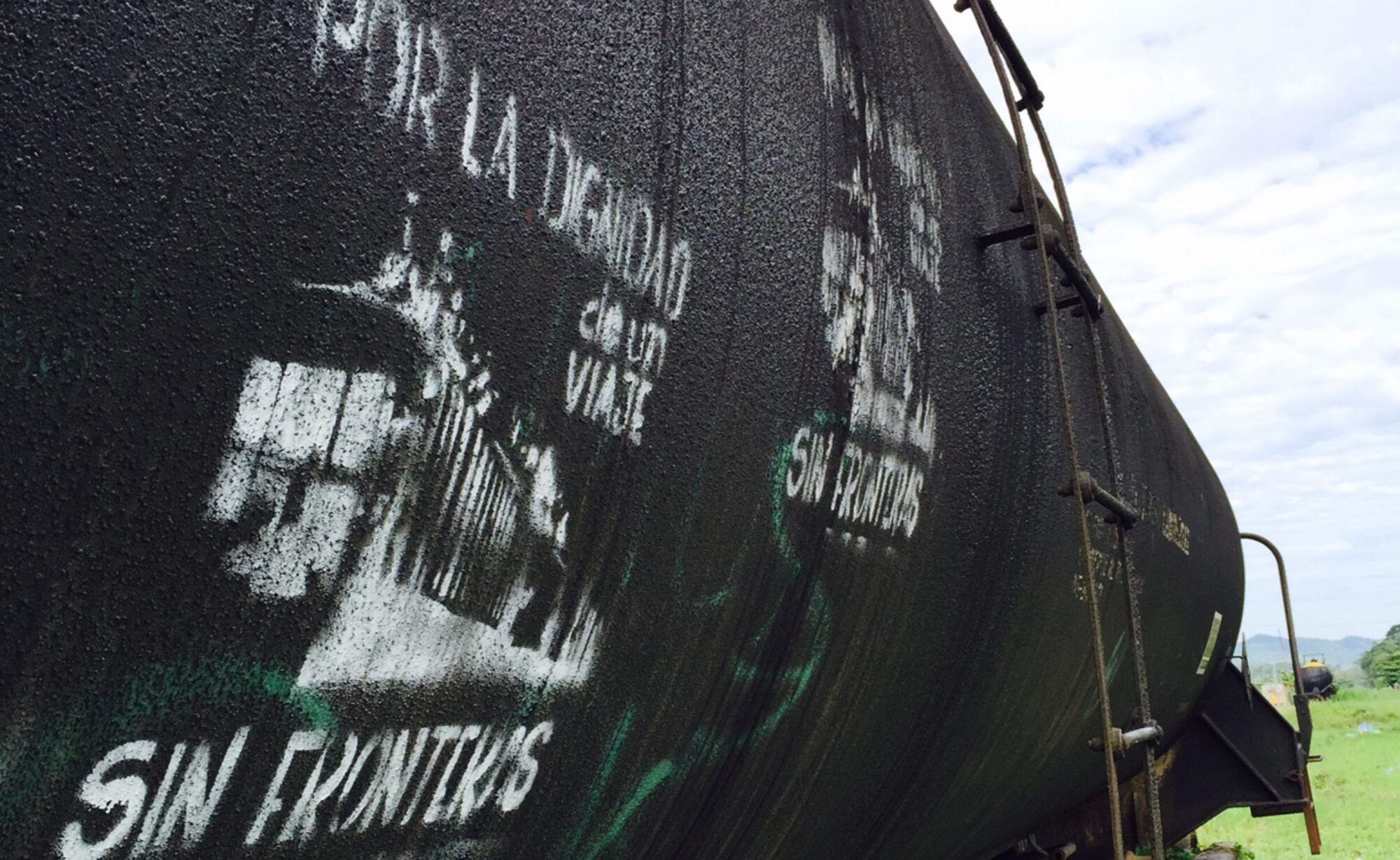Less than a mile south of the U.S.-Mexico border, in Sasabe, Mexico, a Guatemalan man named Giovanni (whose first name is used to protect his undocumented status) propped up his feet while an EMT applied antibiotic ointment to his feet in the shade of a cottonwood. Giovanni left his home country because of a catastrophic drought and was attempting to unite with his brothers who were already in Dallas. After trying to cross the border into the Arizona desert, his feet were ravaged: discolored, covered in gashes and tender red blisters. One toenail had been ripped off. Across the arroyo, or dry wash, were about 30 more prospective border crossers, primarily Guatemalan, some awaiting a similar medical checkup, others stocking up on water and food.
It was July, and several days before in a 110-degree heat wave, he had crossed the border with a small group of about five other people from Guatemala. After 14 hours, they ran out of water. After 21 hours, Giovanni gave up and turned back alone. He had no water, no food, and quickly lost his orientation, but he made it back to Sasabe.
Giovanni is part of a Central American exodus of people that has been increasing for decades. The recent caravans are the most recent chapter. And while there are complex and compounding reasons for the massive displacements and migrations—especially rising violence (in places like Honduras, for example, after the 2009 military coup) and systemic poverty—there is another driver behind the movement of people seeking refuge in the U.S.: climate change.
Read the rest, as published in Yes!, here.
